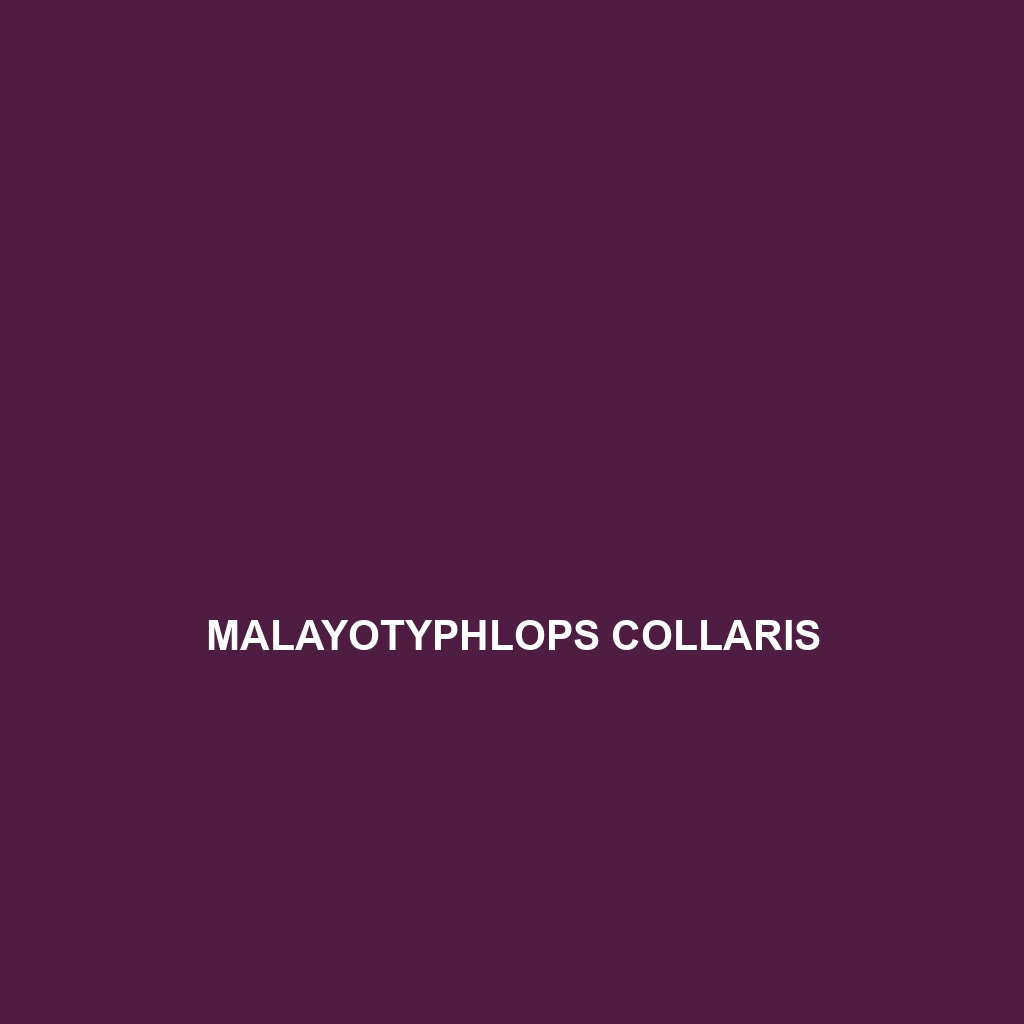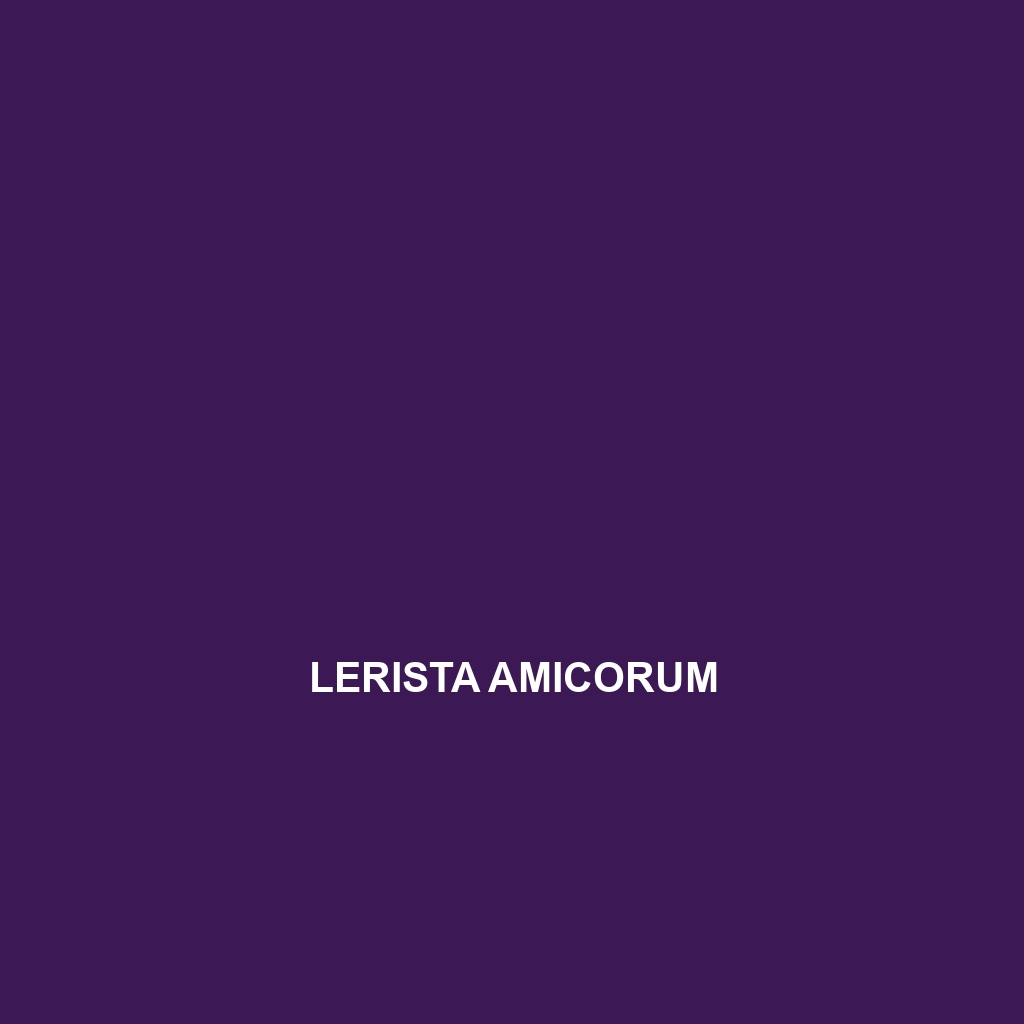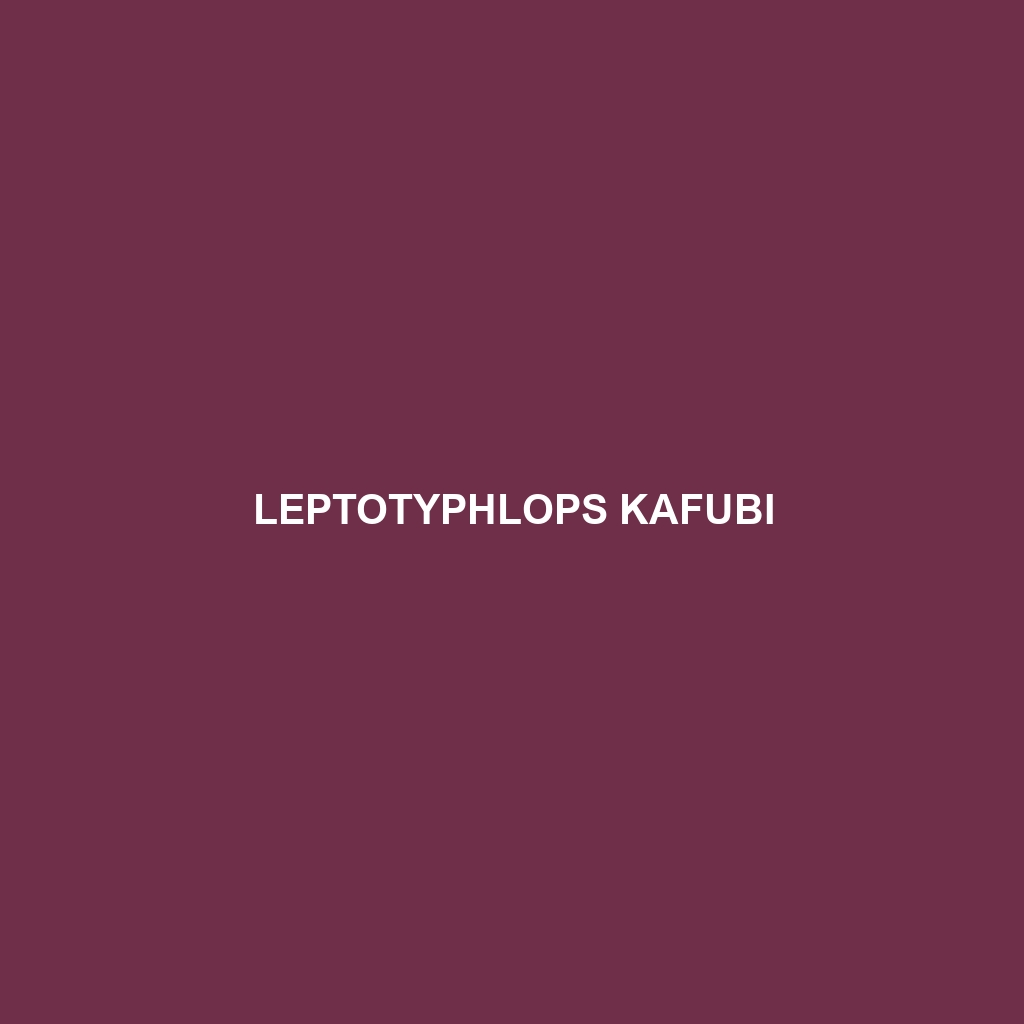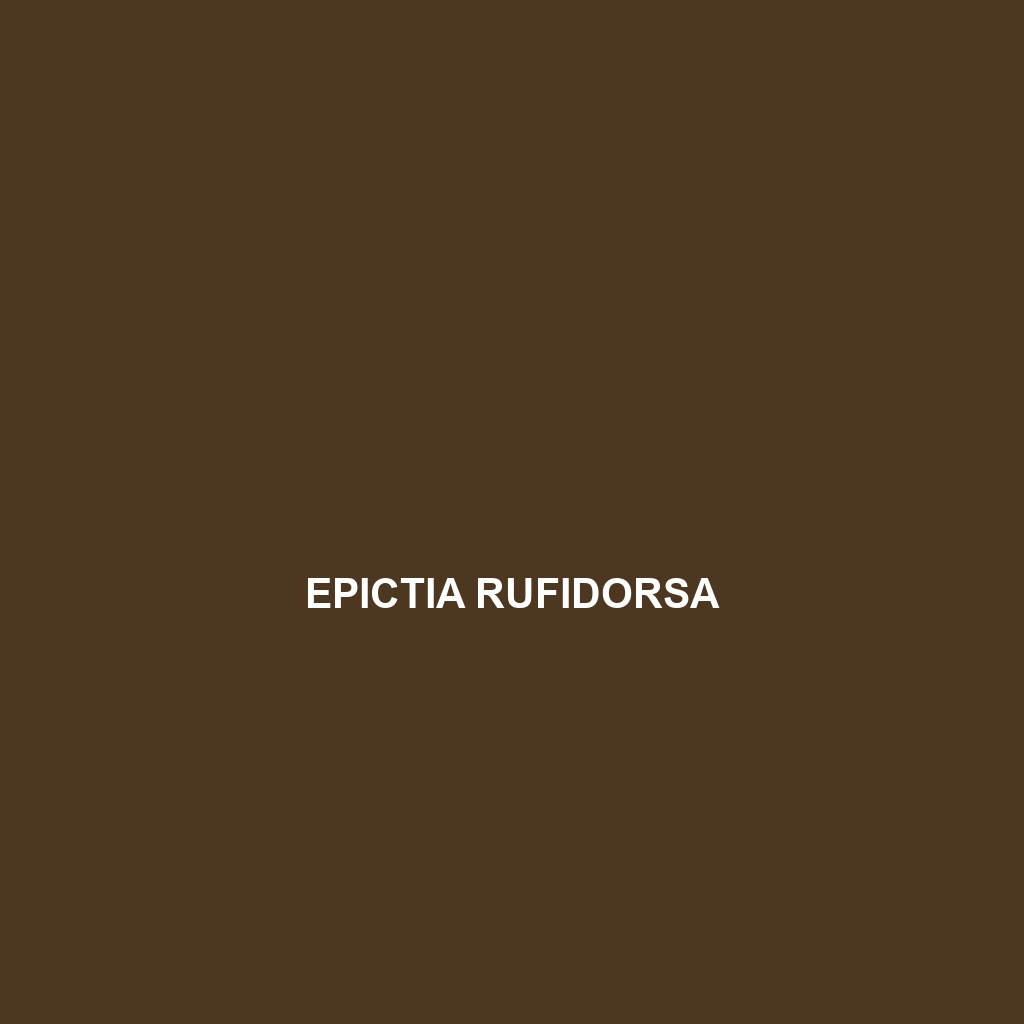<p><b>Ramphotyphlops multilineatus</b>, commonly known as the thread snake, is a small, nocturnal insectivore found in tropical and subtropical habitats of Southeast Asia and West Africa. This slender snake, measuring 25 to 30 centimeters, features a smooth, camouflaged body and plays a crucial role in pest control by preying on soil-dwelling insects, enhancing ecosystem health.</p>
Tag: burrowing lifestyle
Malayotyphlops collaris
Discover the Malayotyphlops collaris, also known as the Collared Blind Snake, a nocturnal insectivore native to Southeast Asia's tropical habitats. With its distinctive collar-like pattern and ability to burrow swiftly, this unique snake plays a critical role in regulating soil-dwelling insect populations.
Lerista kingi
Lerista kingi, commonly known as King's Lerista, is a slender, fossorial lizard native to arid regions of Australia, characterized by a smooth, shiny scale covering and reduced limbs, which enhance its burrowing capabilities. This insectivorous species plays a crucial role in its ecosystem by controlling insect populations and contributing to soil aeration.
Lerista arenicola
<p><b>Lerista arenicola</b> is a medium-sized, burrowing skink found in the sandy, arid landscapes of Western Australia, notable for its streamlined body, reduced limbs, and nocturnal behavior. As an insectivore, this species plays a crucial role in regulating insect populations while thriving in its well-adapted, unique habitat.</p>
Lerista amicorum
Discover the fascinating Lerista amicorum, a fossorial reptile native to Australia that thrives in temperate forests and savannas. With its distinctive elongated body, smooth scales, and nocturnal habits, this insectivorous species plays a vital role in its ecosystem by regulating insect populations and promoting soil health.
Lerista alia
Lerista alia, also known as the Slender Lizard, is a slender, nocturnal insectivore native to the temperate forests and savannas of Australia, featuring a streamlined body, earthy coloration, and a burrowing lifestyle. This species plays a vital role in regulating insect populations and maintaining ecosystem health while exhibiting unique adaptations such as tail regeneration and temperature-dependent sex determination.
Leptotyphlops kafubi
<p>Discover the <b>Kafubu worm snake</b> (<i>Leptotyphlops kafubi</i>), a fascinating insectivore found in the tropical savannas and rainforests of central Africa, characterized by its slender, worm-like body and nocturnal behavior. This unique species plays a vital role in its ecosystem by regulating insect populations and contributes to biodiversity.</p>
Leptotyphlops howelli
Discover the fascinating <b>Howell's blind snake</b> (<i>Leptotyphlops howelli</i>), a small, fossorial species native to the southeastern United States, known for its slender body, reduced eyesight, and diet primarily consisting of small invertebrates. Adapted to sandy soils in temperate forests and savannas, this nocturnal snake plays a vital role in regulating insect populations and maintaining ecological balance.
Epictia tricolor
Discover the Epictia tricolor, or tricolor blind snake, a fascinating fossorial species native to Central and South American rainforests and savannas. Measuring 30 to 50 cm, this small snake exhibits a striking tricolor pattern of black, yellow, and white bands, preying primarily on ants and termites while playing a crucial role in maintaining ecosystem balance.
Epictia rufidorsa
<p><b>Epictia rufidorsa</b>, known as the Reddish Blind Snake, is a small, slender snake native to tropical and subtropical regions of Central and South America. This nocturnal, burrowing species features a reddish-brown body and vestigial eyes, primarily feeding on invertebrates and playing a vital role in maintaining ecological balance through its predatory and burrowing behaviors.</p>









